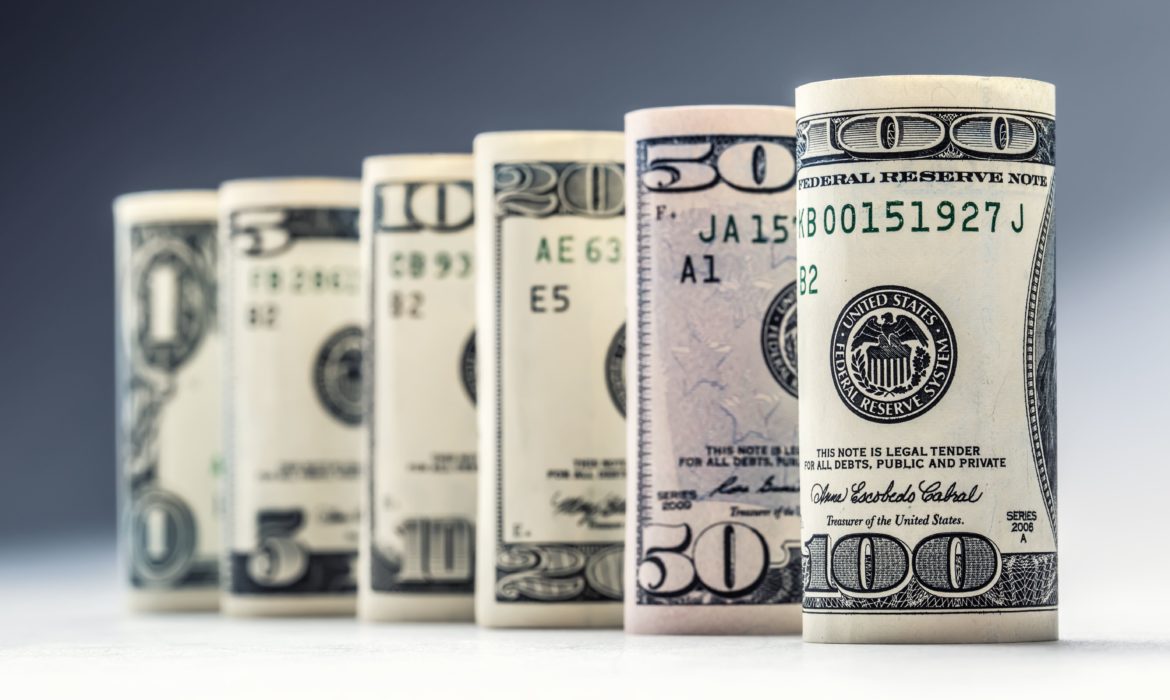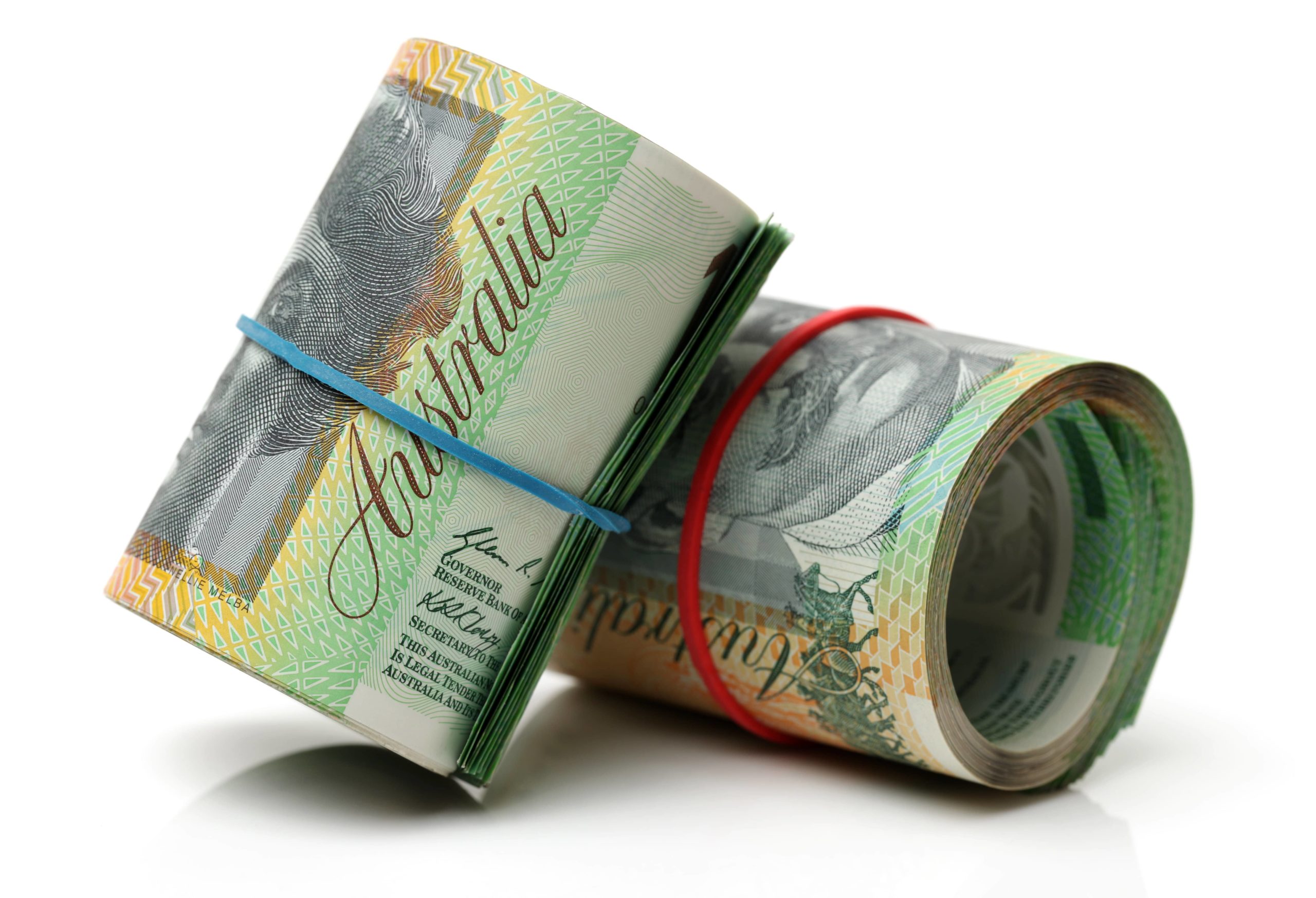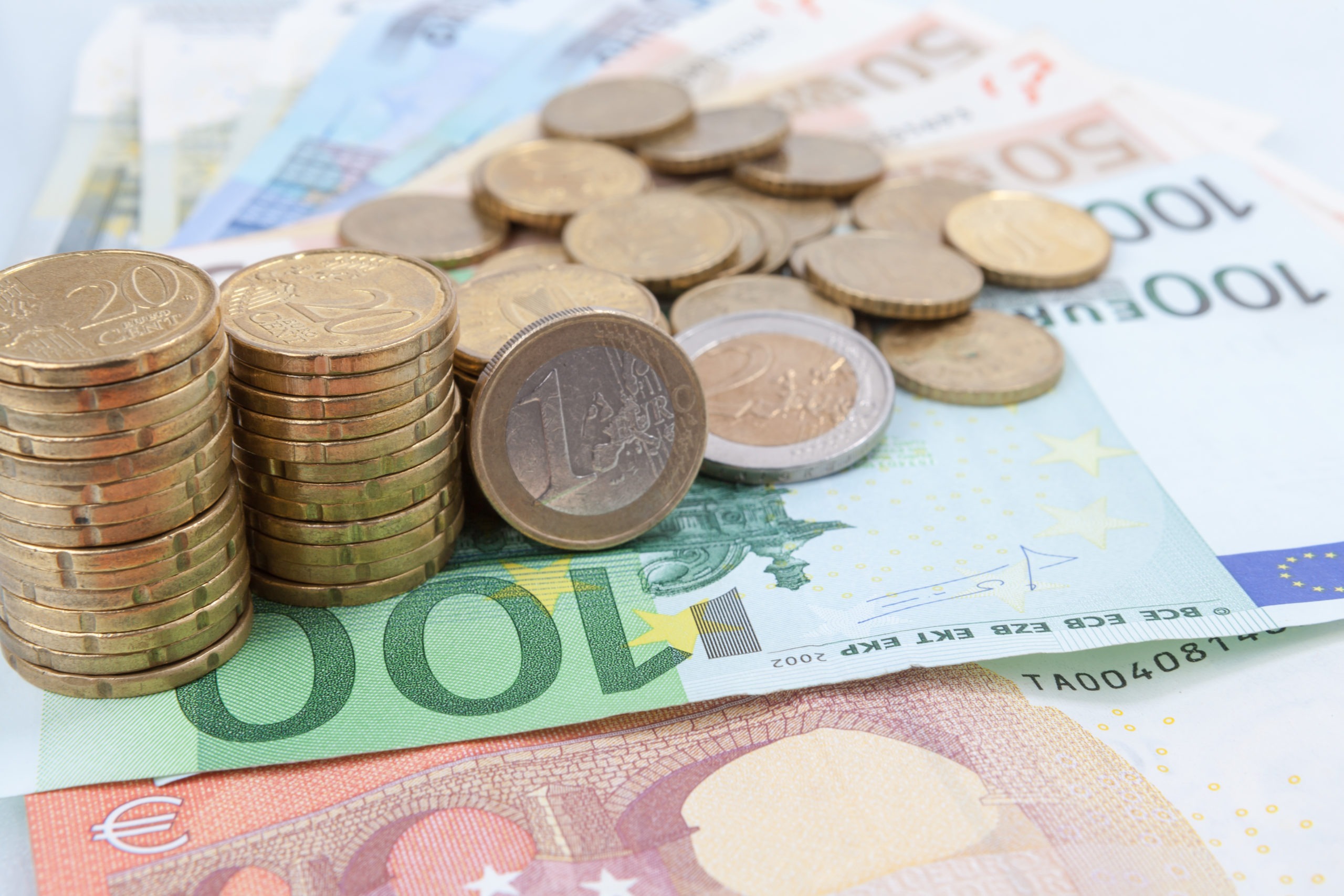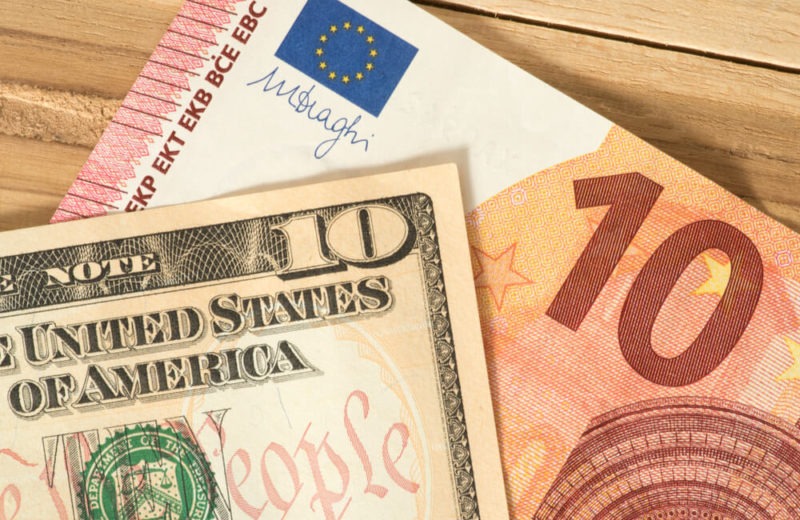The world’s reserve currency was on track for its best week in a month against major rivals on Friday. The U.S. dollar held its ground amid a selloff of riskier assets across markets.
Investor sentiment declined in recent days due to weaker economic data, rampant inflation, as well as concerns regarding the pace of the central bank policy tightening.
The dollar index which tracks the U.S. currency against six major peers dropped 0.1% to 95.655. Still, the index was on track for a 0.5% weekly gain, its best performance since mid-December.
The greenback eased on Friday as U.S. Treasury yields slipped back after a recent sharp rise that was fuelled by expectations that the central bank will tighten monetary policy at a faster pace than expected.
Risk-sensitive currencies fell, while those seen as safe havens such as the Japanese yen and Swiss franc strengthened.
The Australian dollar dropped more than 0.5% versus the U.S. currency to $0.71860. The New Zealand dollar declined more than 0.% against the greenback to $0.67100.
Dollar, franc, yen, and other currencies
The Swiss franc gained 0.4% to 0.91350 franc per dollar. The Japanese yen gained as much as 0.4% to 113.625 yen per dollar. Interestingly, the yen was last up 0.1% after losing some momentum.
Poor retail sales in the U.K. added to a recent flow of weaker economic data. In the last month of the year, sales fell 3.7% as customers did much of their Christmas shopping earlier and many consumers stayed home due to the omicron variant of Covid-19.
The British pound declined 0.2% against the dollar to $1.35635, and as much as 0.5% versus the euro. The pound fell to 83.61 pence per euro.
Bitcoin also declined on Friday. The world’s biggest cryptocurrency in terms of market capitalization fell to $38,250, its worst result since August.














